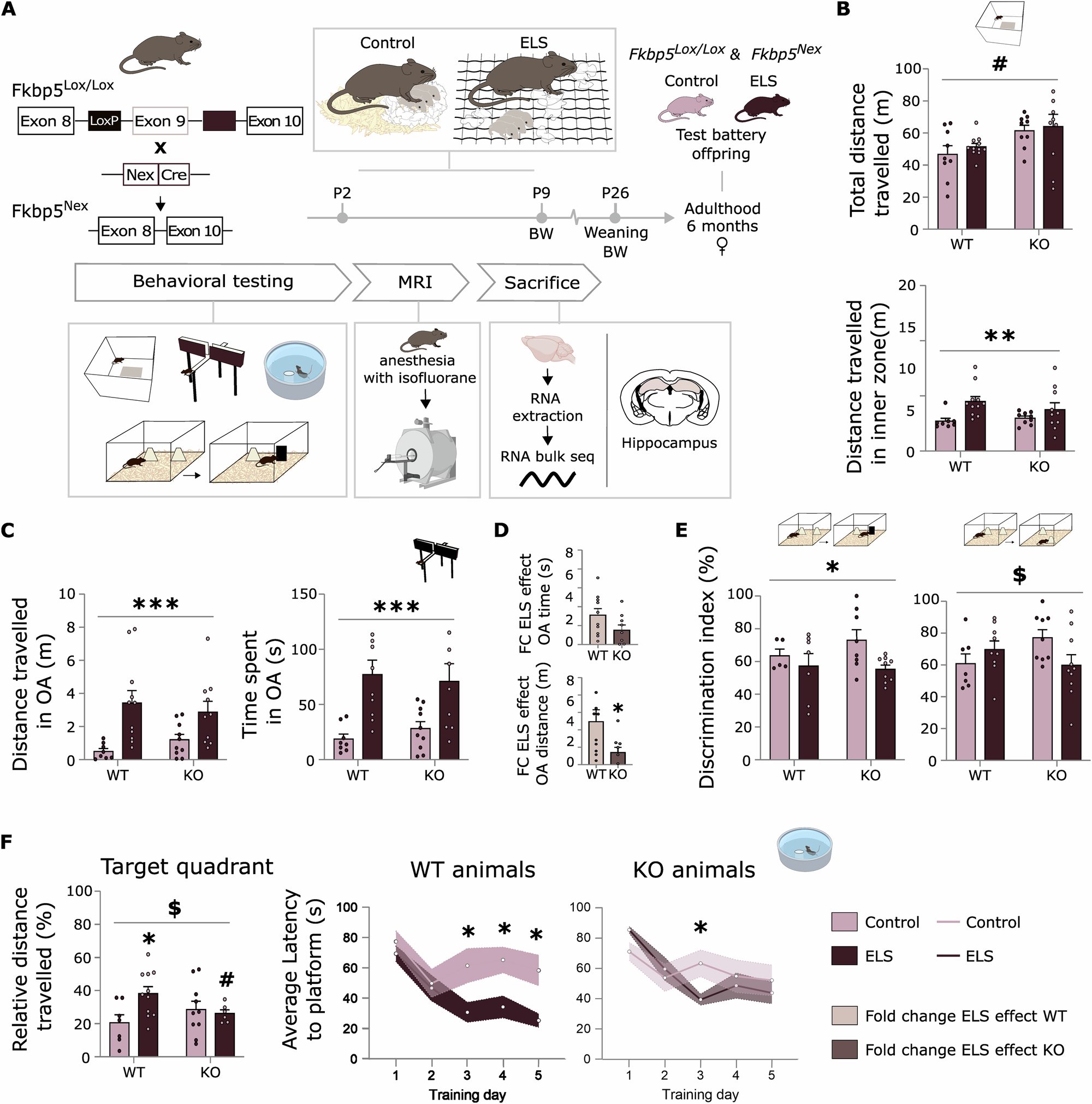2025-04-23 ミュンヘン大学(LMU)
<関連情報>
- https://www.lmu.de/en/newsroom/news-overview/news/how-dna-self-organizes-in-the-early-embryo.html
- https://www.cell.com/cell/fulltext/S0092-8674(25)00396-4
マウス胚における核組織の確立は複数のエピジェネティック経路によって制御されている The establishment of nuclear organization in mouse embryos is orchestrated by multiple epigenetic pathways
Mrinmoy Pal ∙ Tamas Schauer ∙ Adam Burton ∙ … ∙ Iliya Nadelson ∙ Marc A. Marti-Renom ∙ Maria-Elena Torres-Padilla
Cell Published:April 23, 2025
DOI:https://doi.org/10.1016/j.cell.2025.03.044
Graphical abstract

Highlights
- Low-input genomics screening in vivo generates a resourceful dataset in mouse embryos
- Embryos can rebuild LAD architecture at the 2-cell stage when disrupted in zygotes
- Maternal H3K27me3 inheritance over de novo methylation shapes zygotic LAD formation
- LAD boundaries reorganize from positional information of H3K4me3 and H3K9me3 domains
Summary
The folding of the genome in the 3D nuclear space is fundamental for regulating all DNA-related processes. The association of the genome with the nuclear lamina into lamina-associated domains (LADs) represents the earliest feature of nuclear organization during development. Here, we performed a gain-of-function screen in mouse embryos to obtain mechanistic insights. We find that perturbations impacting histone H3 modifications, heterochromatin, and histone content are crucial for the establishment of nuclear architecture in zygotes and/or 2-cell-stage embryos. Notably, some perturbations exerted differential effects on zygotes versus 2-cell-stage embryos. Moreover, embryos with disrupted LADs can rebuild nuclear architecture at the 2-cell stage, indicating that the initial establishment of LADs in zygotes might be dispensable for early development. Our findings provide valuable insights into the functional interplay between chromatin and structural components of the nucleus that guide genome-lamina interactions during the earliest developmental stages.


